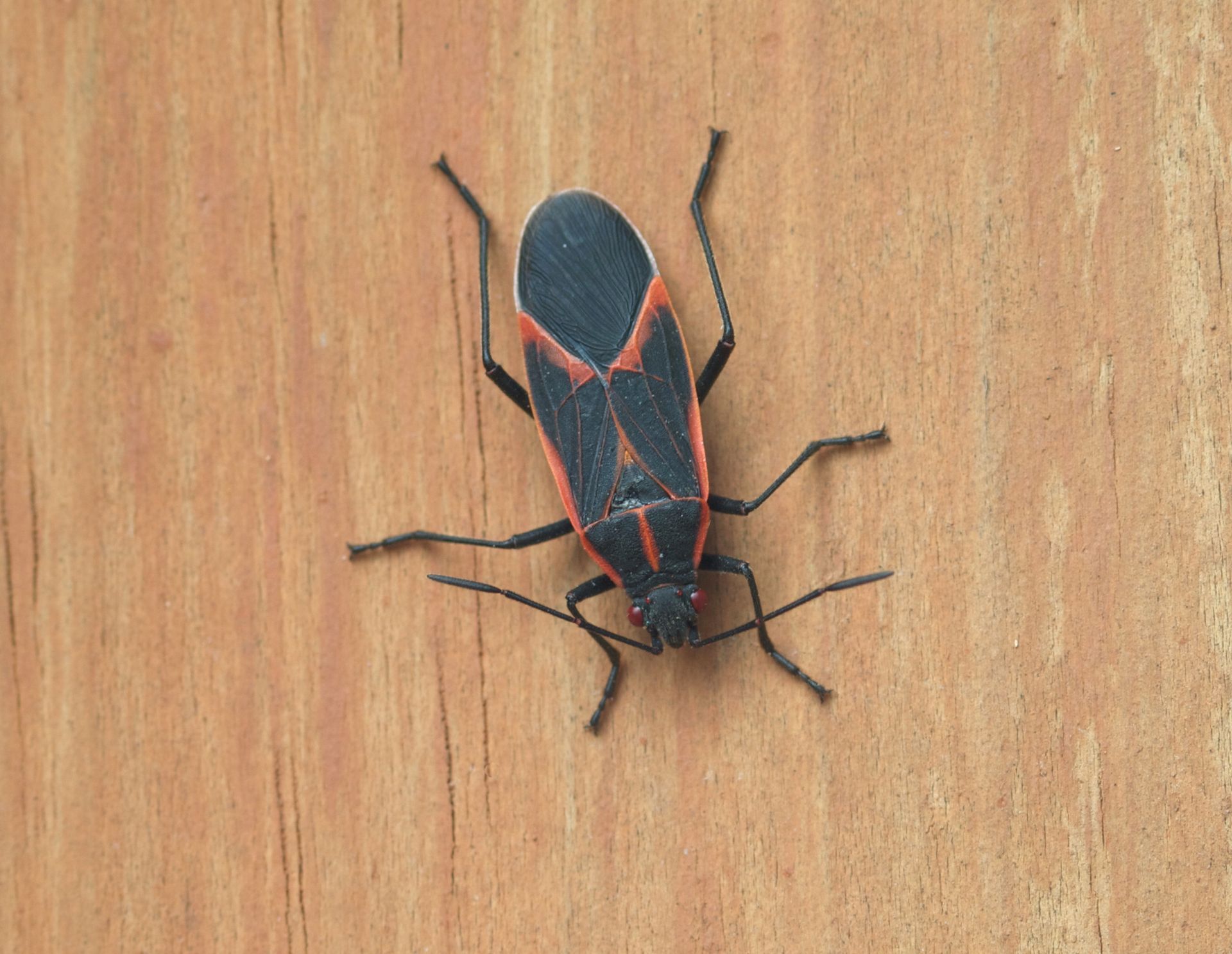The Signs of Boxelder Bugs Infesting Your Home

Boxelder bugs are common pests that can quickly become a nuisance if they infest your home. These insects are primarily found in North America and are known for their distinctive red and black coloring. If you suspect that boxelder bugs have taken up residence in your home, it's essential to act quickly to prevent an infestation from getting out of control. In this blog post, we'll explore the signs that indicate boxelder bugs are infesting your home and discuss the steps you can take to address the problem effectively.
Visible Presence of Boxelder Bugs
One of the most obvious signs of a boxelder bug infestation is the visible presence of these insects in and around your home. Boxelder bugs are around half an inch long and have a distinct reddish-orange color with black markings on their bodies. You may notice them congregating on the exterior walls of your home, particularly on sunny sides, as they seek warmth.
Accumulation of Boxelder Bugs Indoors
As boxelder bugs seek shelter from the cold weather, they may find their way inside your home through cracks and crevices. If you start noticing an increasing number of boxelder bugs indoors, especially around windows, doors, or light fixtures, it's a strong indicator that an infestation is taking place.
Seasonal Appearance
Boxelder bugs are particularly noticeable during the fall as they begin to seek shelter for the winter months. This seasonal behavior is a critical time to monitor and manage their populations, preventing them from establishing themselves within your home and ensuring your property remains bug-free throughout the year.
Stains and Odors
Boxelder bugs release a pungent odor when threatened or crushed, which can be unpleasant and pervasive if there are large numbers of them present. Additionally, these insects can leave behind reddish-orange stains on surfaces they come into contact with, such as walls, curtains, or furniture.
Damage to Plants
In addition to being a nuisance indoors, boxelder bugs can also cause damage to plants outdoors. They feed on the sap of trees and shrubs, which can lead to wilting leaves and stunted growth. If you observe signs of plant damage along with other indicators of a boxelder bug infestation, it's crucial to address the issue promptly to protect your landscaping.
Dealing With a Boxelder Bug Infestation
If you suspect that your home is being invaded by boxelder bugs, there are several steps you can take to manage the infestation effectively:
Sealing Entry Points
Inspect your home for any gaps or openings where boxelder bugs may be entering and seal them off to prevent further infiltration.
Vacuuming
Use a vacuum cleaner to remove boxelder bugs from indoor surfaces and dispose of the bag promptly to prevent them from reemerging.
Professional Pest Control
If you find yourself facing a severe or persistently recurring infestation, it might be time to consider reaching out to a professional pest control service. Look for one that specializes in tackling problems with boxelder bugs in the metro area, as they will have the specific knowledge and tools necessary to address the issue fully. This approach can ensure that the problem is dealt with effectively, reducing the likelihood of future infestations.
Recognizing the signs of boxelder bug infestation early is key to preventing these pests from causing significant damage to your home and property. By staying alert for indicators such as visible presence both indoors and outdoors, stains and odors associated with these insects, and plant damage caused by their feeding habits, you can take swift action to address the issue effectively. Remember that professional pest control services specializing in handling boxelder bugs are available if needed to ensure the thorough eradication of these pests from your living spaces. Contact Paffy's Pest Control today if you need help with a boxelder bug infestation.
CONTACT INFORMATION
Metro: 651-459-4654
Address: 479 Hayward Ave. N. Oakdale, MN. 55128
Alexandria: 320-815-9725
Address: 9046 Co Rd 28 Alexandria MN 56308
SE Minnesota: 507-291-5432
Western Wisconsin: 715-869-1660
Email: paffyspestcontrol@gmail.com
BUSINESS HOURS
- Mon - Fri
- -
- Sat - Sun
- Closed
Open Saturdays from May to Early October 8 a.m. – 12 p.m.







